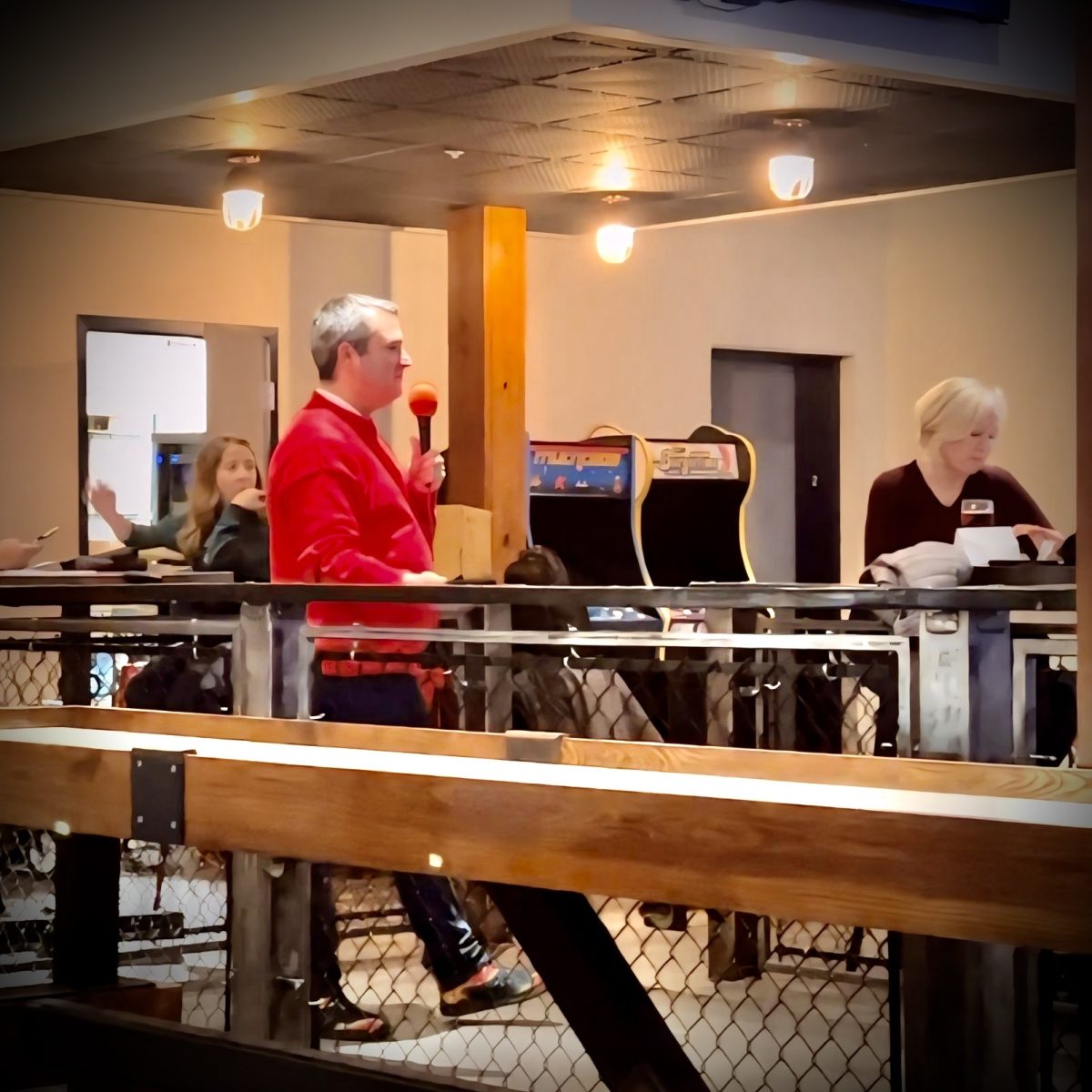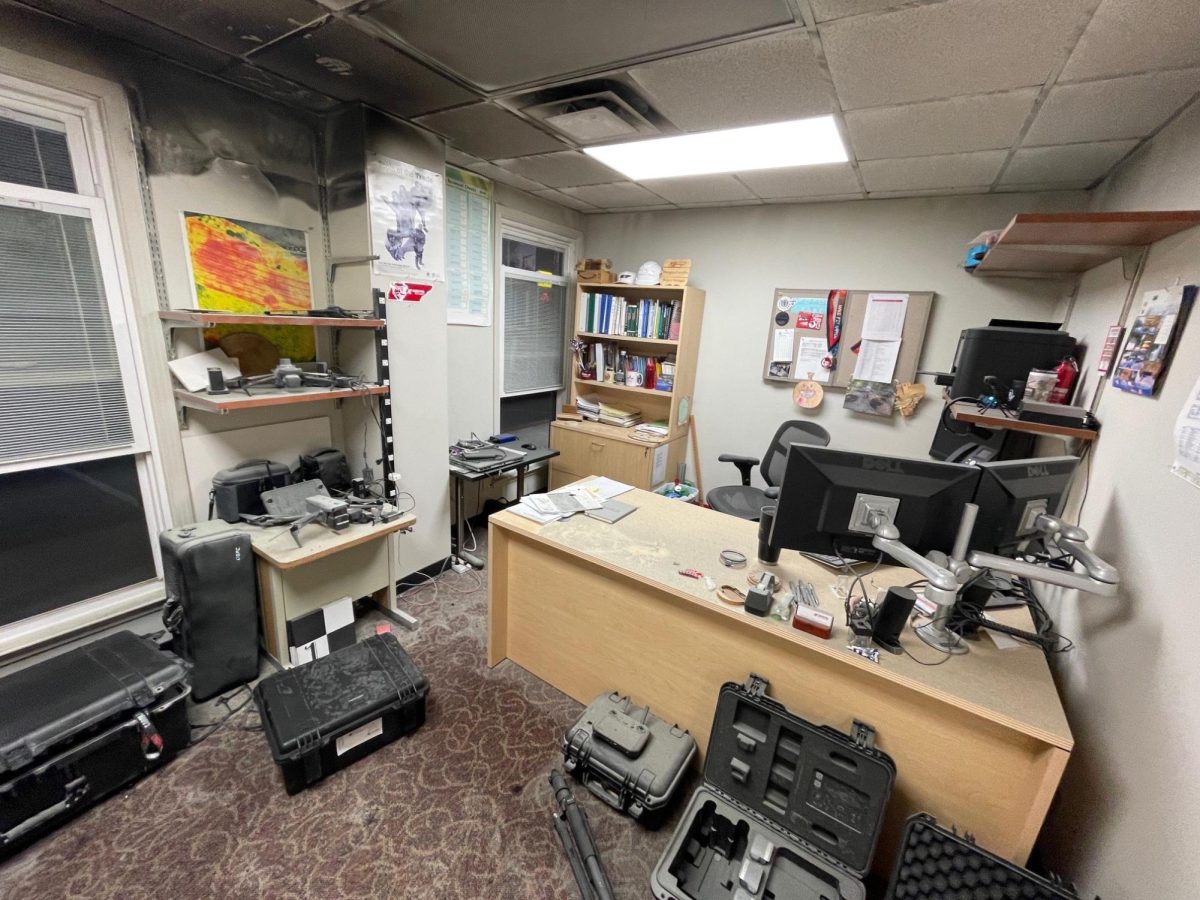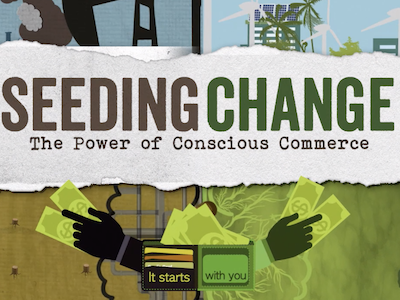The Rape, Abuse & Incest National Network (RAINN) states one person experiences sexual assault every 98 seconds. In addition, for 80 percent of juvenile victims, the perpetrator was a parent. According to RAINN, however, only about six of every 1,000 of these stories are brought to light.
After rescheduling from its original Thursday time, the Clothesline Project set up outside the Morgan University Center on Wednesday, April 12. The Project, a continuous presence on APSU’s campus since 1996, consisted of a clothesline of painted T-shirts strung up back and forth along one side of the MUC. On each T-shirt was an anonymous message or confession, each one highlighting personal stories of sexual and domestic assault, rape and others.
This was the third semester senior sociology major Rachele Bartlett has worked the Clothesline Project, a combined effort between the Feminist Majority Leadership Alliance, Women and Gender Studies and the African American Cultural Center.
“Seeing these incredibly personal stories being showcased like this, it is very moving,” Bartlett said.
Shirts were color-coded according to the type of story the victim, or relation to the victim, had. For example, white shirts represented a murder, while blue or green shirts represented incest or sexual abuse, and purple or lavender shirts represented violence received due to sexual orientation.
“It’s like airing dirty laundry,” Bartlett said. “Leaving it out in the open like this. It’s a cathartic feeling for the ones creating the shirts, to turn that pain into something tangible.”
She said creating the shirts allowed victims to validate their pain and begin healing.
“It’s also for the community,” she said. “It’s easy to forget this is happening every day. [The Clothesline Project] shows how frequent it is.”
Each shirt had a different message about their story, expressing a variety of emotions.
One green shirt read, “For my mom… There is no reason for rape period, but especially not for a six-year-old.” Another one said “My love was yours. My body was mine. You chose to take both.” Another one, white, had a mirror attached to it, with the message “Are you hurting anyone? Why?”
Bartlett said the general emotions of people creating each shirt were gratitude and relief.
“People said ‘I’m not alone’ a lot,” she said. “They were able to release this secret. There was this sense of letting go for the first time.”
With the dozens of shirts on display every semester since the Project’s inception, Bartlett said the transparency the Project promotes is the crucial part of what the organizations are trying to do.
“It’s about taking these serious issues into the open, bringing them to light,” she said, saying events like the Clothesline Project can help motivate people to make real change in society.













